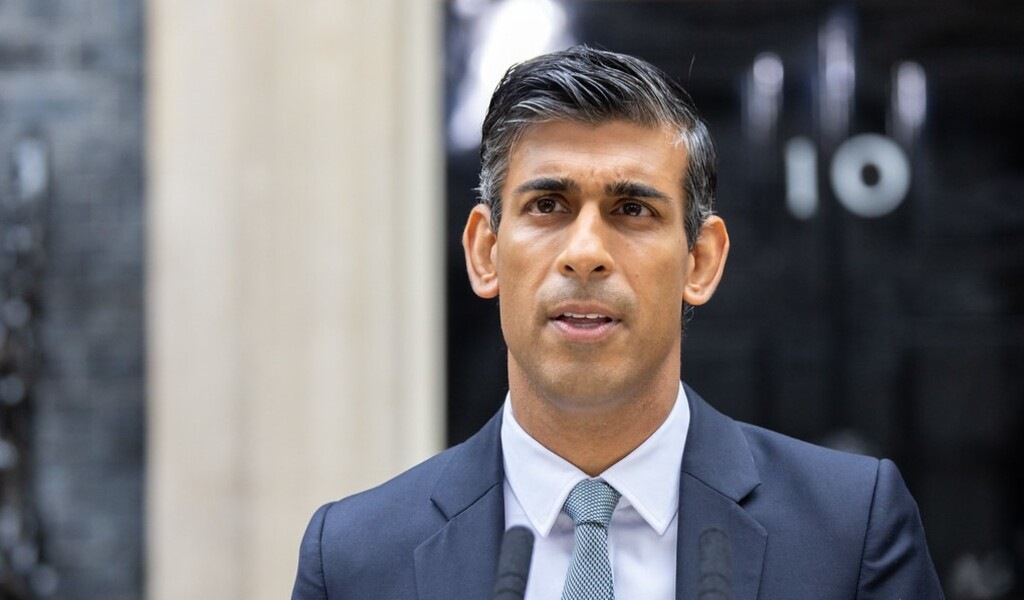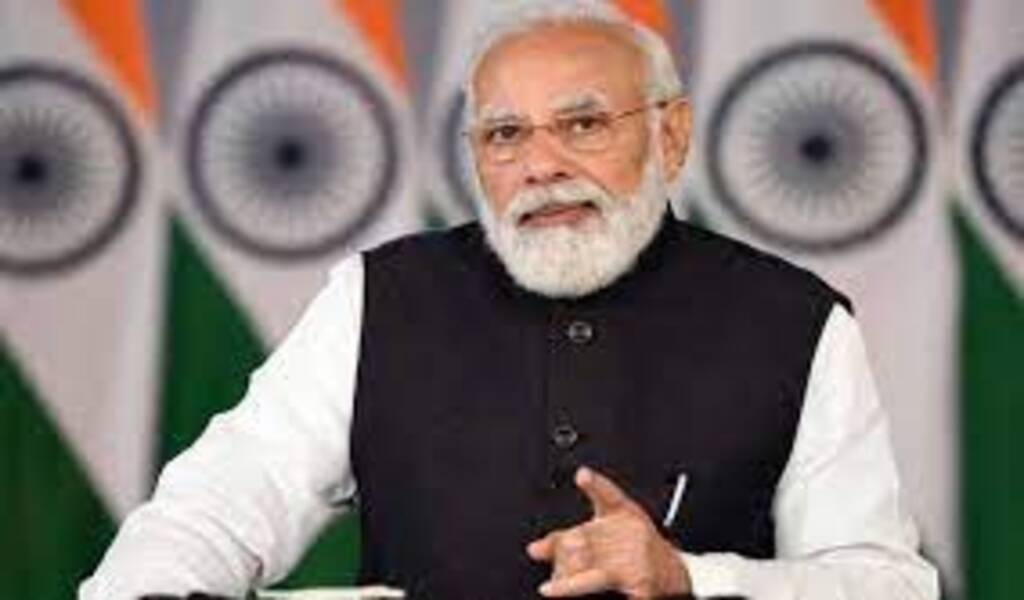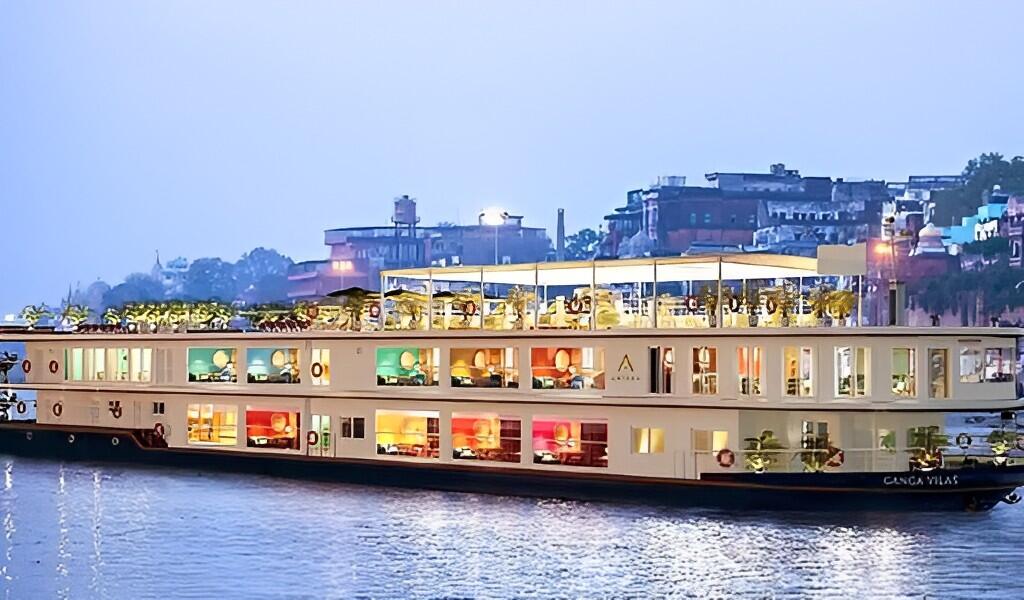Remembering Kalpana: the first Indian woman in space
Born in the small town of Karnal, just few kilometres away from the National Capital of Delhi, Kalpana Chawla began working in NASA at the Ames Research Center in 1988. Kalpana became the first ever Indian origin woman to have gone to the space aboard the fateful spacecraft Columbia.

As a child, Kalpana was fascinated by aeroplanes. She attained her Bachelor of Engineering degree in Aeronautical Engineering from Punjab Engineering College, India. She then later moved to the United States in 1982 and obtained a Master of Science degree in Aerospace Engineering from the University of Texas at Arlington in 1984. Kalpana went on to earn a second Masters in 1986 and a PhD in aerospace engineering in 1988 from the University of Colorado Boulder.
Kalpana specialised in computational fluid dynamics (CFD) research on vertical and/or short take-off and landing (V/STOL) concepts. Much of her research is included in technical journals and conference papers.
After becoming a naturalized U.S. citizen in April 1991, Kalpana applied for the NASA Astronaut Corps. She joined the corps in March 1995 and was selected for her first flight in 1996. Kalpana had married Jean-Pierre Harriso in 1983.
First Indian Origin Woman in Space:
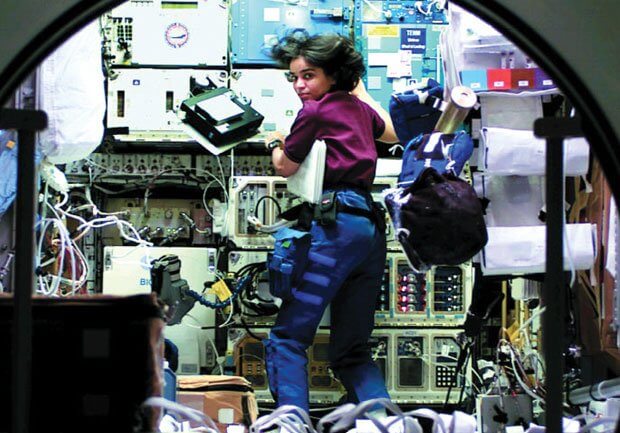
Her first space mission began on 19 November 1997, as a part of the six-astronaut crew that flew the Space Shuttle Columbia flight STS-87. Chawla became the first Indian woman to fly in space. She spoke the following words while traveling in the weightlessness of space:

On her first mission, Chawla traveled over 10.4 million miles (16737177.6 km) in 252 orbits of the earth, logging more than 372 hours in space.
The Columbia Disaster:

The Columbia Space Shuttel disaster is one of the worst in the history of the space programme of the United States that occurred on February 1, 2003 when the space shuttle distingerated into its entry into the atmosphere killing all the seven members onboard.
During the launch of STS-107, Columbia's 28th mission, a piece of foam insulation broke off from the Space Shuttle external tank and struck the left wing of the orbiter. Similar foam shedding had occurred during previous shuttle launches, causing damage that ranged from minor to nearly catastrophic, but some engineers suspected that the damage to Columbia was more serious. When Columbia reentered the atmosphere of Earth, the damage allowed hot atmospheric gases to penetrate the heat shield and destroy the internal wing structure, which caused the spacecraft to become unstable and break apart.

A detailed report was published by NASA in this regard in 2008 which pointed out five lethal events which the crew was exposed to:
⦁ Depressurization
⦁ Off-nominal dynamic G environment
⦁ Separation of the crew members from the crew module and the seats
⦁ Exposure to high-speed and high-altitude environment
⦁ Ground impact
The President of the United States George W. Bush had said : "My fellow Americans, this day has brought terrible news, and great sadness to our country. At 9 o'clock this morning, Mission Control in Houston lost contact with our Space Shuttle Columbia. A short time later, debris was seen falling from the skies above Texas. The Columbia is lost; there are no survivors. The cause in which they died will continue...Our journey into space will go on."
However, NASA grounded all further flight operations for the next two years following the accident. Construction of the International Space Station (ISS) was also put on hold and the station now relied entirely on the Russian Roscosmos State Space Corporation for resupply for 29 months until Shuttle flights resumed with STS-114 and for crew rotation for 41 months until STS-121. A probe into the disaster was also launched to prevent such occurances in the future.
Honors & Recognitions:
⦁ Asteroid 51826 Kalpana chawla, is named after her.
⦁ The former Prime Minister of India, Atal Bihari Vajpayee announced that the meteorological series of satellites, MetSat, was to be renamed "Kalpana".
⦁ NASA has dedicated a supercomputer to Kalpana.
⦁ Novelist Peter David named a shuttlecraft, the Chawla, after the astronaut in his 2007 Star Trek novel, Star Trek: The Next Generation: Before Dishonor.
⦁ The Government of Haryana established the Kalpana Chawla Planetarium in Jyotisar, Kurukshetra.
⦁ Kalpana Chawla Government Medical College (KCGMC) is a Medical College located in Karnal, Haryana, India named after her.
⦁ The Kalpana Chawla ISU Scholarship fund was founded by alumni of the International Space University (ISU) in 2010 to support Indian women's participation in international space education programs.
Even today, Kalpana holds a special place in the hearts of her countrymen. Several noted personlaities took to social media platform twitter to express their tribute:
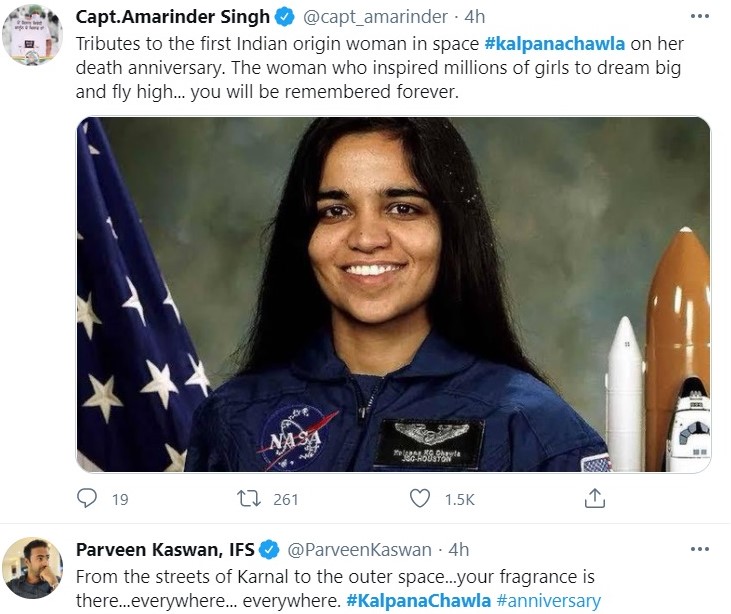
Kalpana Chawla serves as an inspiration to people worldwide and especially to the woman of her country of origin, India. We, at Checkbrand, pay our obituary to the fallen hero of space exploration. May her determination inspire millions in future. Death is just a horizon and a horizon is nothing but a limit of our sight.
“I know the sky is not the limit because there are footprints on the Moon — and I made some of them !” (Buzz Aldrin)
CATEGORIES
- Digital Marketing
- Marketing
- Entertainment
- Medical
- Science and Technology
- Politics
- Sports
- Environment
- Campaign
- Interview
- Viral
- What's Trending
- Trending News
- Viral Videos
- Youtube Trends
- Social Media Ranking
- Twitter Trends
- Google Trends
- Top Politicians
- Top Cricketers
- Top Influencers
- Best Campaigns
- Google News
- News
-
 Oct 11, 2020
Oct 11, 2020SEO Content Writing Vs. SEO Copywriting:...
-
 Dec 15, 2020
Dec 15, 2020#Karnatakaiphoneplantagitation: Workers...
-
 Dec 15, 2020
Dec 15, 2020#OLA Invests ₹2400 Crores For Our Futur...
-
 Dec 15, 2020
Dec 15, 2020#Snapchat Launches Astrology Profile
-
 Dec 15, 2020
Dec 15, 2020Know Why #BOYCOTTJIOSIM Is Trending On S...
-
 Aug 01, 2023
Aug 01, 2023India's Chandrayaan-3 On Track For Lunar...
-
 May 17, 2023
May 17, 2023Zara Hatke Zara Bachke Trailer Review(Ra...
-
 Aug 04, 2022
Aug 04, 2022'Har Ghar Tiranga' Campaign Created Stor...
-
 Dec 16, 2020
Dec 16, 2020#Skillhaitohfuturehai: Mahindra's Flagsh...
-
 Dec 15, 2020
Dec 15, 2020#OLA Invests ₹2400 Crores For Our Futur...
HIGHLIGHTS
- Realme Pad Specifications Teased, Will C...
- MARKETS: Sensex Down 300 Pts, At Days Lo...
- Afghanistan Crisis Live Updates: NIA Chi...
- Women Will Be Admitted To NDA, "Historic...
- Taliban's New Education Minister Says Ph...
- India's T20 World Cup Selection Question...
- New JioFiber Quarterly Broadband Plans I...
- Explained: How Your Cat Got Its Stripes...
- Who Is Aesha Mukherji? All You Need To K...
- Long Live Test Cricket While We've Virat...





